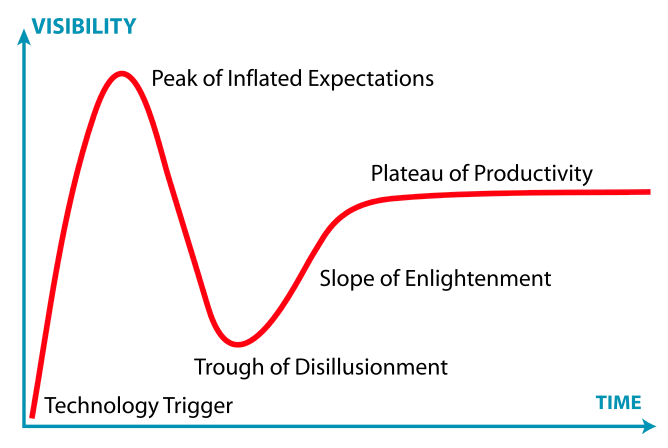
Well, it seems like the fun times might be over for a while.
The last year and a half has been wild. It’s been lucrative, but also extremely trying at times. Aside from the financial losses (on paper anyway) I think the mental consequences of being fully engaged with a crypto bull cycle can’t be understated.
I say fully engaged because this is the first time I went all-in on a crypto bull run. I had a passing interest in 2013 because of some exposure to Bitcoin via early DOTA 2 courier gray markets.
In 2017 I got much more interested and published a couple of articles about crypto, and read all the seminal stuff at the time, but never really got into it.
This was the first cycle where I really went all in, and what a ride it was. Stuff is still obviously going on, teams are still building, and crypto twitter is still shit posting, but we can’t deny the energy has probably dropped by ~90%. About the same as the prices!
The best time to reflect on your strategies would be before you make mistakes, but it’s not very fun to do that is it? Plus you don’t really know what you’re doing wrong until it happens. There’s a common mistake people make by evaluating past decisions on present knowledge. No one could have known the Russia-Ukraine conflict would start, or that the Fed would announce rate hikes when it did or anything else that may have conspired to take away our magical Internet money.
So I’ve been taking some time to reflect on what I did well, and where I made mistakes over the last year and a half. Since the mistakes are more catchy and useful, let’s start there. Maybe I’ll do a “things I did right” post later.
Here are some of the mistakes and lessons I’m thinking about.
1: Not Taking Profits
There were so many stupid calls here. I’m a long-term investor in crypto so I don’t really believe in trying to time ETH and BTC, but for the alt-coins I was investing in I just got stupid.
I bought a bunch of TOKE at $30, and held it up to nearly $80 then down to $2.
I bought a bunch of ALCX at $200, held it up to $400, and then down to $20.
I held my LUNA too long (lol), MATIC too long, JEWEL too long, OHM, TIME, there were a bunch. Obviously, it’s easy to look back and say “ah if I had sold at the perfect time I’d have made so much money!” but there were plenty of times where I was up 20-100% against ETH and I did absolutely nothing.
This was just stupid. My goal was to increase my ETH stack, and I think most of my trades decreased it.
One time when it didn’t was why I did what you’re supposed to do. I found something early, chose a price to try to get in, set a price where I would sell a certain amount of it, and I followed it almost perfectly. When I wrote the JONES article I bought a bunch at $5, then sold most of it at $13 because I knew the investor unlocks were coming up.
On a more meta-level, I should have been willing to take profits out of crypto too when it started exceeding my target net worth allocations. In earlier 2021 I had overall financial goals including how much of my portfolio I wanted in Crypto, Real Estate, Indexes, etc., and then as crypto ran up I completely forgot about them. It wasn’t even a deliberate ignorance, I literally forgot.
It wasn’t until I started to think about buying a house that I re-ran the numbers and realized how terribly out of whack things had gotten. So I started taking money out of crypto aggressively in early 2022 and that saved my ass. I still didn’t take enough out, and I should have started it earlier, but whatever. Doing that little exercise was a life saver.
Going forward, the main thing I’m taking from this is to create periods to reflect on my target NW allocations and be more intentional about rebalancing and create rules for taking profits.
2: Spreading Too Thin
There’s a great passage in The Money Game by the pseudonymous Adam Smith:
“The greatest safety lies in putting all your eggs in one basket and watching the basket… If you are concentrated in only a few stocks, you are forced to measure each of them in terms of potential against each new idea that comes along, and this in turn makes you bump the bottom stocks off”
It’s tempting to think we should try to get a little bit of everything. And in some ways, our minds have been warped by index fund investing to think that’s the best strategy. But an index fund is a basket of everything. I think you want to do that for common stocks where you aren’t as involved and where most of the companies are real. In crypto, it seems to pay to pick a few high conviction bets and stick to them and judge everything else based on those.
My highest conviction bets were ETH, MATIC, SOL, CVX, ALCX. If I had just started there and compared everything else against them, maybe only putting money into something else by removing one of those, I probably would have done better. ALCX still got nuked but the rest did great.
Instead, I put money into basically everything remotely interesting. I ended up in dozens of Discords I couldn’t stay on top of and lost a bunch of money on projects that I wasn’t that committed to. I FOMO’d into stuff, held too long, didn’t cut losses, no bueno all around.
Now I’ve consolidated almost everything considerably, but I wish I had done that earlier. It’s really hard to ignore all the shiny new objects, but I think that’s a better strategy than trying to get a piece of every action.
3: Not Recognizing Farms vs. Investments
One unfortunate part of crypto, especially DeFi, is that even good projects with good tokenomics could be bad investments if their farms are too lucrative.
I think TOKE was a good example of this. I believe in the product and liked what they were building, but they have pretty significant farming emissions and people were building up a huge farming operation on the platform, which then let people dump it aggressively when crypto started slowing down. People were holding it while TOKE was doing well and the TOKE/ETH pool was paying 150%, but when that stopped, it just got dumped.
Even when a project is good, you have to recognize that most people in crypto are in it for short-term profits, and it’s probably a bad idea to try to be a value investor on anything besides the absolute top-tier network tokens (BTC, ETH, maybe a couple of others).
Anything that can be farmed and dumped will be. Don’t try to be a hero and hold on just because you believe in it. And assume anything with emissions and liquidity rewards is going to be farmed heavily, so that’s most of why it has value.
4: Misunderstanding Mini Hype Cycles
While the broader crypto market was moving through a hype cycle, there were also many mini hype cycles within it.
The first one was DeFi summer, which started in summer 2020 and ran through the Fall, a bit into the Winter, and died in the Spring. The Yearn price chart captures it well. DeFi started dying when the May crash happened in 2021:
The next one was the Profile Picture Mania, which started around May & June and ran through the fall. Bored Apes kicked it off, but towards the end of it there were shitty new profile picture projects launching seemingly daily. I bought SO MUCH STUPID SHIT (these aren’t mine, but you get the idea, sorry to anyone still involved in these projects).
Then there was Ohm fork mania, running from fall until the winter, which you can track nicely from the Olympus market cap chart:
There were other little ones too, like the GameFi mania you can see on the JEWEL price chart:
The point is: everyone is looking for the next big win. And these hype cycles are happening all the time in different domains. They follow a somewhat predictable pattern:
- Blue-chip, original-ish version of something starts to take off (Bitcoin, Punks, Axie, Olympus, etc.)
- Close-ish derivative stuff starts to take off (Solana, Cool Cats, DeFi Kingdom, Wonderland, etc.)
- Everything takes off as people scramble after missing step #2
Every time I kept playing during step 3, I lost money. But when I was smart and got out during step 2, I did well.
The time I did this the best was with Bored Ape Yacht Club. I bought one at 4 ETH early in the PFP mania and then sold it at 61 ETH when my friends from outside crypto started asking me what NFTs to buy and Lazy Lions started taking off. I don’t know what it was about Lazy Lions, something about them just signaled the end times to me. That was when we started entering phase 3 though, and I sold most of my NFTs.
But with Olympus, I made the mistake of not only missing where I was in the hype cycle but also missing the difference between farm and investment. I still really like the Olympus product, and it’s done fairly well compared to the rest of the market now that the mania is over, but it was so ridiculously overpriced because of the mania and APRs that I held way too long.
I made the same mistake with RAIDER, thinking we were starting to take off when really it was just the JEWEL money from step 2 rotating into step 3 looking for a quick win. You can pretty much see it happen if you put the JEWEL chart over the RAIDER chart:
The two best ways to use this information seem to be to try to find things before they take off and invest early, or to wait for a new area to start to take off and then invest in the fast followers that have started growing. If you bought into TIME as OHM was starting to take off, then sold as OHM started dropping, you’d have done rather well. Or just invest in the thing that’s taking off leading the charge and skip the followers altogether. If you had just bought an Ape or a Punk when NFTs started taking off and skipped every other NFT you would have done significantly better than 99% of people who tried to find the hot new thing.
Again, this won’t necessarily be how things play out next time, but something about this does feel like human nature. I’ve seen similar charts of hype cycles in other areas too, like the famous Gartner Hype Cycle chart:
So I suspect this is a pretty typical trend. Don’t assume “this time it’s different.”
5: Misunderstanding Cults
Crypto can be very culty. Bitcoin used to be more culty, and there are still Bitcoin Maxis who think everything else is a scam and the world is going to definancialize and replace all currencies with bitcoin and everyone will just eat steak and live on the Mediterranean and ship wives in from Eastern Europe, but that’s a (thankfully) shrinking population. Most people holding bitcoin just do it quietly and don’t feel the need to evangelize.
My heuristic has always been that the more culty something is, the less likely it’s legitimate. Real products don’t need cults because they just work. Cultiness is usually a form of crony belief that helps gloss over a known, but uncomfortable, reality.
Cardano is culty because their blockchain technology is a joke. They have not shipped a real product, and likely never will, which is why they keep talking about nonsense like their “scientists” making “research papers” and all the people in Africa they’re supposedly helping. Cardano investors know on some level they got scammed, so they act culty as a response. When reason fails, we return to faith.
The biggest example of this cycle was of course LUNA and the Terra ecosystem. Something about it felt wrong from the start. The degree to which people would always shill me Anchor as a safe place for earning yield on stablecoins just felt off. And I even wrote as much in my article on stablecoin farming:
Alright, it's impossible to talk about stablecoin farming without some Lunatics showing up and yelling at me for not mentioning Anchor Protocol.
Here's the deal: Anchor is a stablecoin borrowing protocol on Terra, which pays a fixed APR of 19.45% for UST.
A fixed APR of almost 20% on a US pegged stablecoin is insane. It's phenomenal. It's the best thing on the market hands down. And it just feels a little too good to be true.
So yes, you can park your UST there and get 20%. And no it hasn't failed. And yes I'm bullish on Terra in general and hold some $LUNA. But I'm not putting my stablecoins here because it just doesn't make sense. No one is paying over 20% to borrow UST. It is supposedly mostly coming from the yield earned on Luna staked as collateral, with some support from its creators / investors, but something just feels off. Too much money appears to be getting minted out of thin air.
But you know what, I didn’t follow my own advice. Despite having these nagging doubts about Luna, getting turned off the by cultiness, and not believing deep down that it had a future, I bought a bunch of LUNA and staked it in Astroport. I was so proud of that trade, too, since I saw it early, bought most of it at $30-40, and then rode it for a solid 3x which I of course took no profits on.
Then it all got erased in the crash. I was right that something was wrong, and that Anchor was too good to be true. But instead of listening to my gut about cults, I bought in anyway from FOMO.
Similar things played out in a variety of projects. A cult forms around a product, pumps it, and then it ends up falling apart. The mistake I made was thinking that the pump was a sign I was wrong about the cult. I was right. I just needed to wait longer.
Core Lesson: Impatience (Maybe)
The clear overarching lesson is that I should have been more patient and done less. If I had made fewer higher conviction bets, and rotated back into ETH regularly, I would have done much better.
But then I also wouldn’t have ended up so deep in the industry. I wouldn’t have learned everything that I know now, I wouldn’t have gotten to work with Crypto Raiders and other teams, I wouldn’t have started this newsletter, I wouldn’t have made crypto friends on Twitter.
Maybe some of the alpha is the friends you make along the way? I certainly lost a lot of gains by being so active, but I also got some of my best results from it. You definitely can’t expect to make perfect decisions, nor do I expect to in the future. And many of these lessons you can’t really learn by reading a blog post like this (sorry), you have to go make them yourself.
So, I don’t really regret any of it. Now I know what to look for next time better, and I can take a more high-level approach to crypto here while things are quiet.
I’m not leaving the industry any time soon. I still think it’s the next wave of the Internet, and I’m excited to see what continues to be built here. I hope you stick along with me.
The Only Subscription
You Need to
Stay at the
Edge of AI
The essential toolkit for those shaping the future
"This might be the best value you
can get from an AI subscription."
- Jay S.
Join 100,000+ leaders, builders, and innovators

Email address
Already have an account? Sign in
What is included in a subscription?
Daily insights from AI pioneers + early access to powerful AI tools
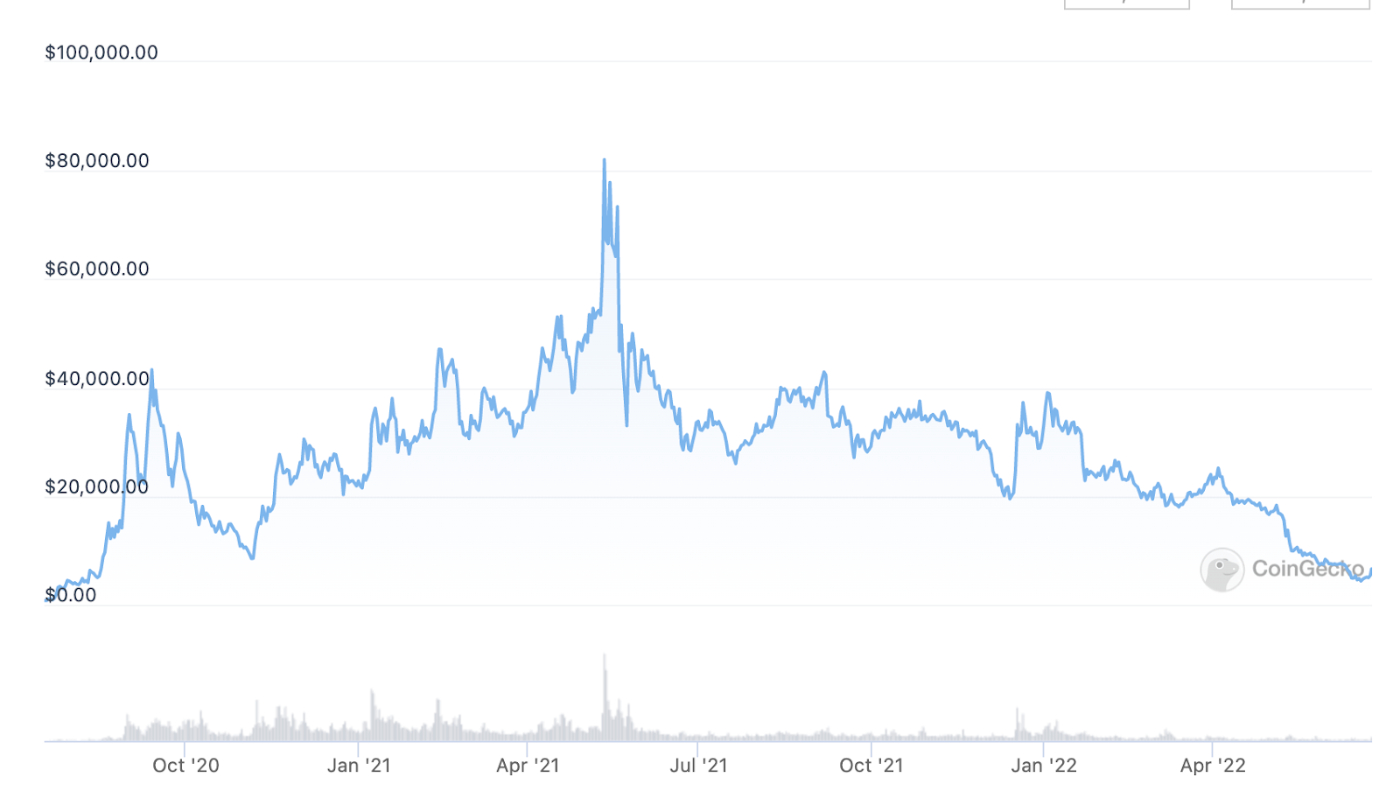

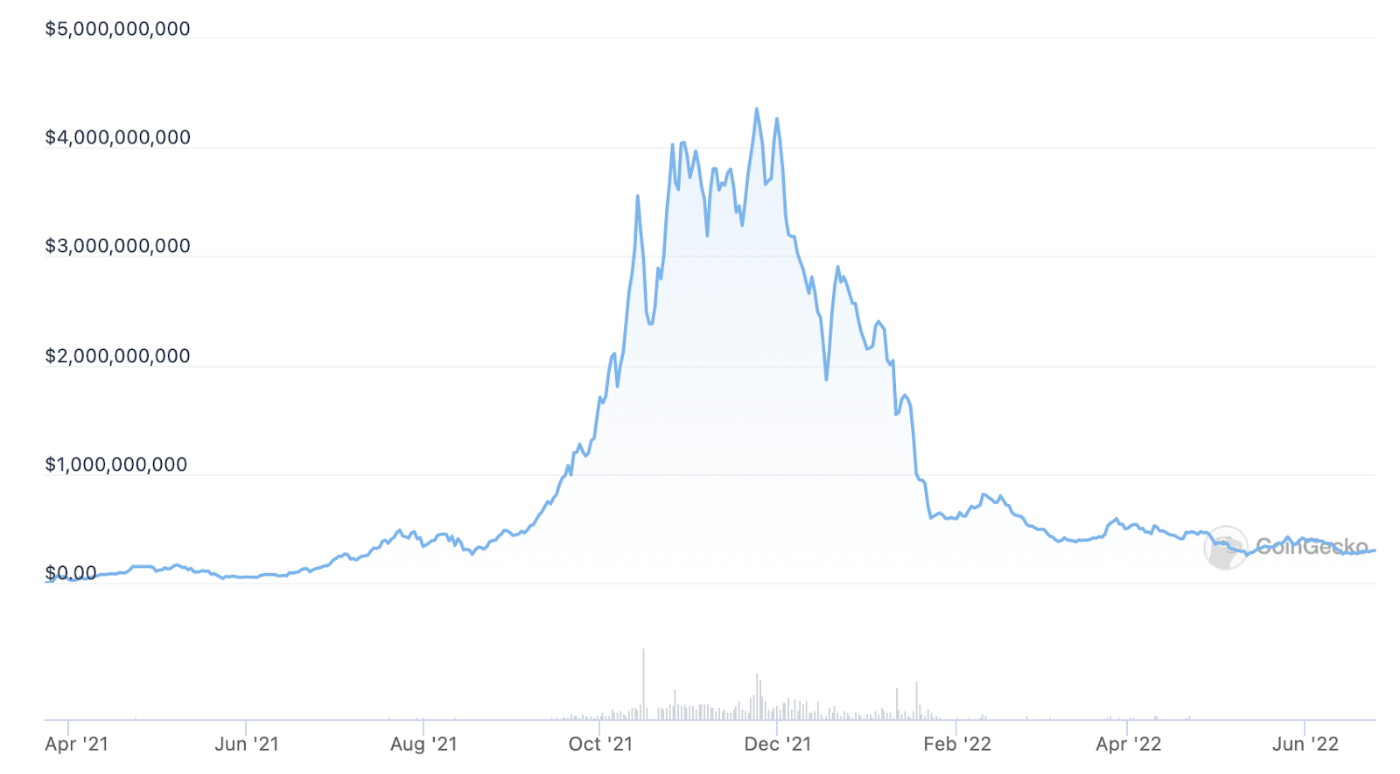
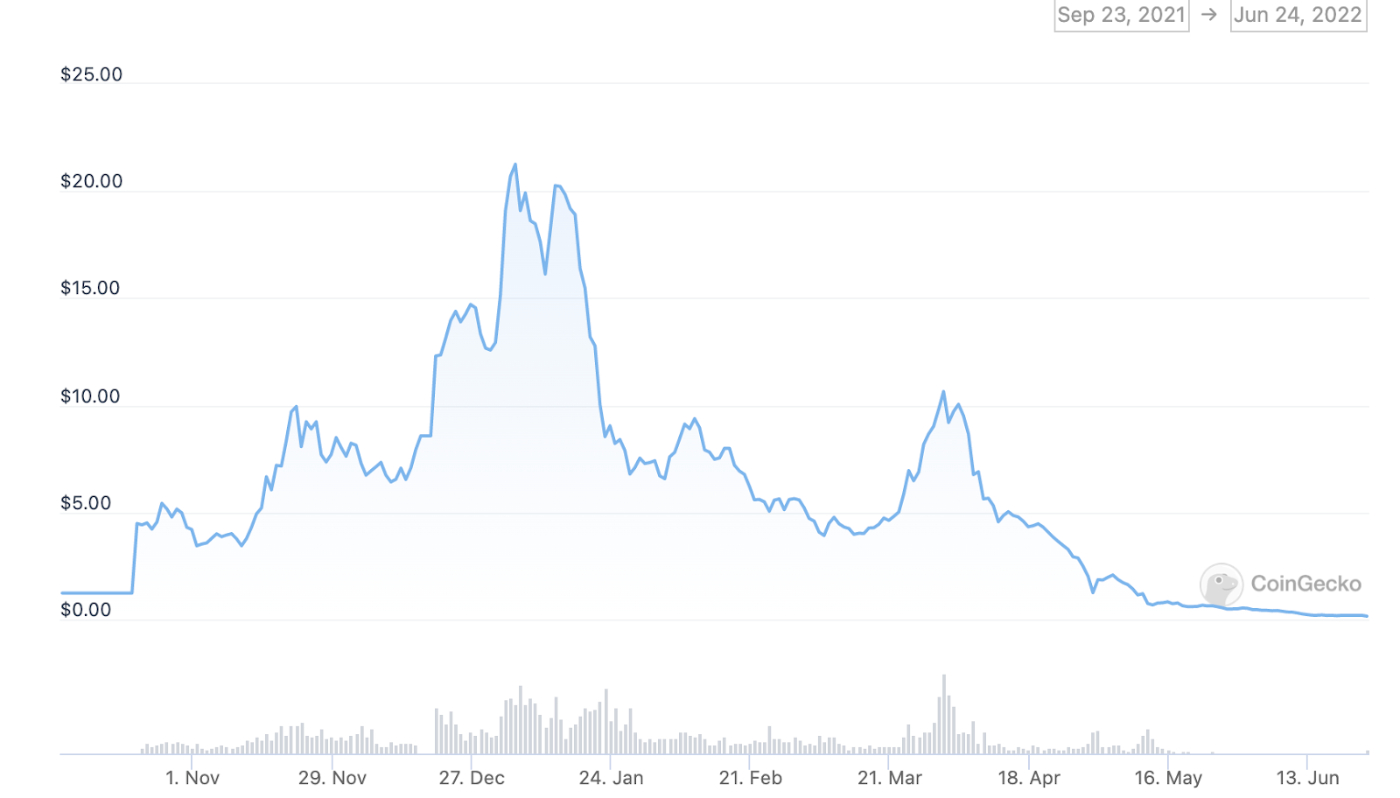
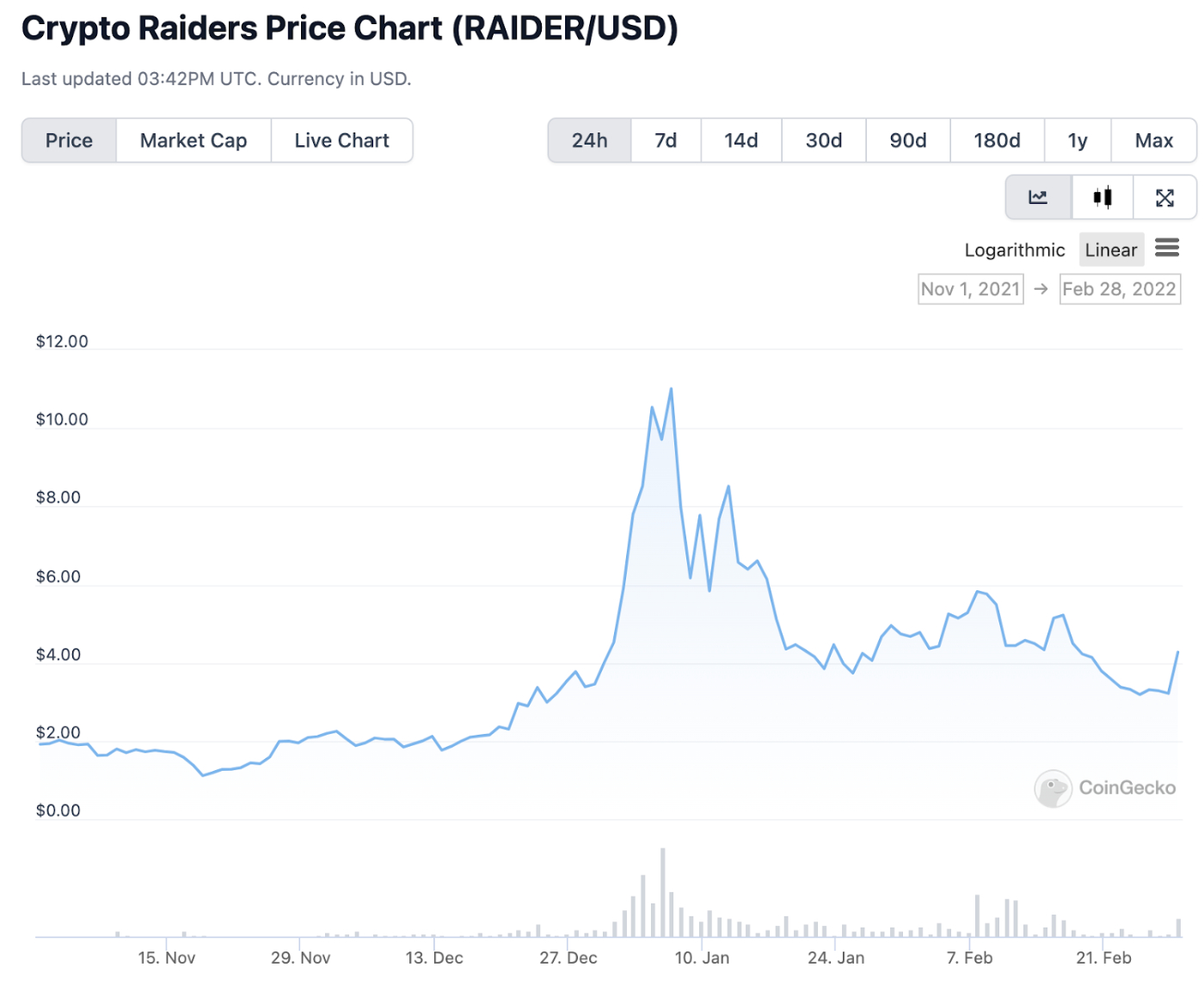
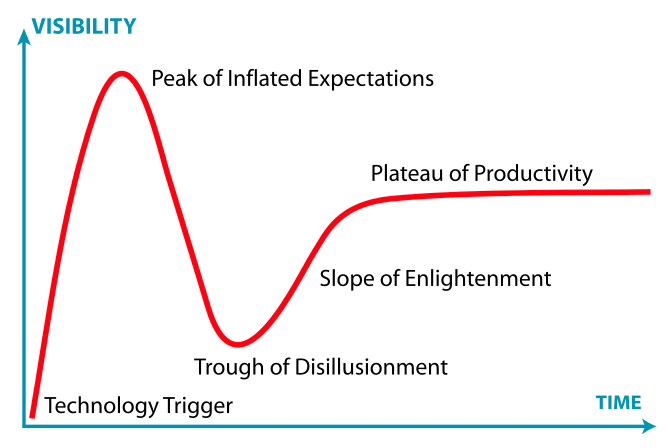







Comments
Don't have an account? Sign up!
Thanks for the article Nate. I'm taking my lumps along with everyone else. So much learnings!
Wondering if you have any insight into ALCX. I can't seem to figure out why it got his so much harder that similar products. The core idea is simple and solid in my opinion.
Great read and been through a lot of the same things. Would be helpful to know your net PnL % however. It matters to be able to see if the lessons are biased or objective. My guess is you are safely up but missed being many more X up - The tone feels cautiously optimistic which would fit.
My version of this would likely be a bunch of swearing and yelling.
Solid points though, all of them. Cheers!